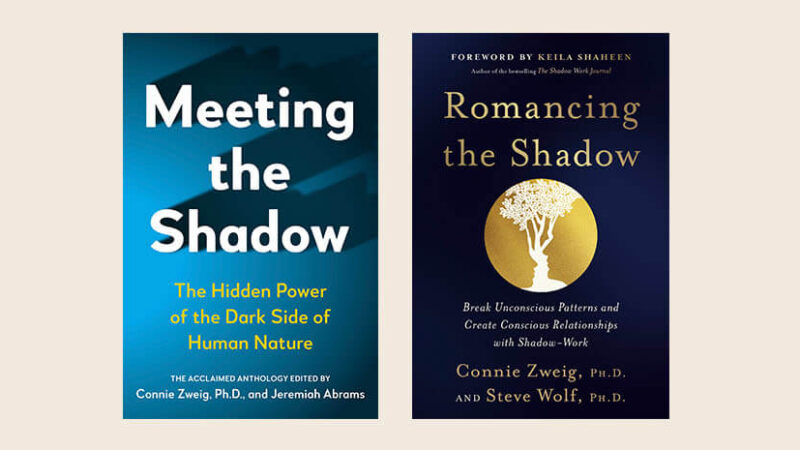
Springtime in the heart of May is a time of renewal and discovery, a time of reminding, reconnecting, and remembering our true imaginative potential. Mother may I? Yes, you May. Express your full imaginative self, just as the flowers, fourth graders, and fully feathered birds do.
You are your imagination. It’s not something outside of you that you read in the pages of some book, or something you overhear in the next booth over at Bubba’s Drive-In, or even the memory of your adventures trekking across Nepal (although these are all terrific things to write about). It’s found within you — your imaginative heart and soul, looking like a nebula of stars throbbing in your bloodstream a thousand times a second, at this very moment. Here’s a way to practice conjuring up (imagining) and letting go: the standing “skeleton scan” meditation.
Skeleton Scan Meditation
- Find a quiet place in your house with a soft and comfortable surface to stand on. Close your eyes and take a deep breath inward.
- Ground yourself in this moment, in your body. After the first deep breath, let your breathing become natural.
- Now lightly bring a thread of your awareness to your feet and breathe into your feet. Feel the stability and grounding of your breath at your feet. Now, with your mind’s eye, see the little toe bones of your feet, then follow your imagining to the main parts of your feet and to where they meet your ankle bones.
- Continue up your legs to view the bones joining to your knees then up to your hip bones.
- See your hip bones where they connect to your sacrum and your spine. Now visualize your vertebrae climbing and then branching out into your rib cage. See the ribs of your body wrapping around you and joining at your sternum, protecting your heart.
- Notice now the bones of your shoulders holding your arms, and see those bones of your upper arms, into your elbows, and down to your hands and finger bones.
- Now bring your visualization back up your arms, past your elbows, back up to your shoulders, and see now your neck and where your spine connects to your skull.
- See your skull, the round smoothness of the bone with hollow sockets for your eyes and nose, and see the bones of your jaw and teeth.
- Breathe into this visualized experience of your skeleton. Breathe in and feel your body
swaying gently, knowing right now that this skeleton is your stability and ground—these mineral bones are your conduit to earth and sky. - Take a deep breath inward, exhale, and open your eyes.

 ALBERT FLYNN DESILVER is an internationally published poet, memoirist, novelist, speaker, and workshop leader. He has published several books of poetry, his memoir Beamish Boy (Owl Press, 2012), and his new book Writing as a Path to Awakening (Sounds True, 2017). He teaches at the Omega Institute, Esalen, Spirit Rock, and writing conferences nationally. He lives in Northern California. For more, visit albertflynndesilver.com.
ALBERT FLYNN DESILVER is an internationally published poet, memoirist, novelist, speaker, and workshop leader. He has published several books of poetry, his memoir Beamish Boy (Owl Press, 2012), and his new book Writing as a Path to Awakening (Sounds True, 2017). He teaches at the Omega Institute, Esalen, Spirit Rock, and writing conferences nationally. He lives in Northern California. For more, visit albertflynndesilver.com.
Buy your copy of Writing as a Path to Awakening: A Year to Becoming an Excellent Writer and Living an Awakened Life at Sounds True or your favorite bookseller.












